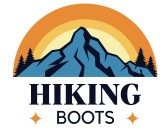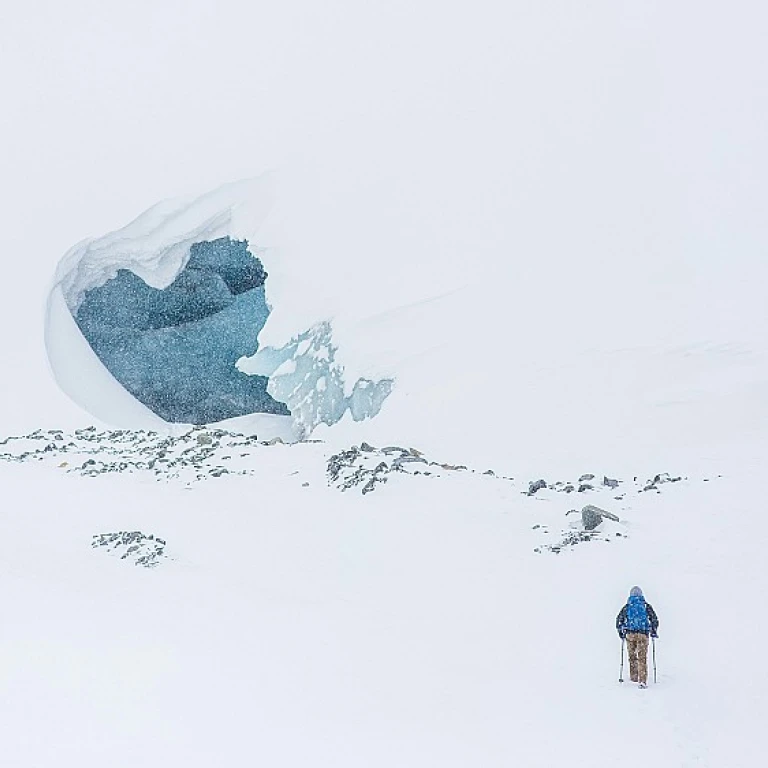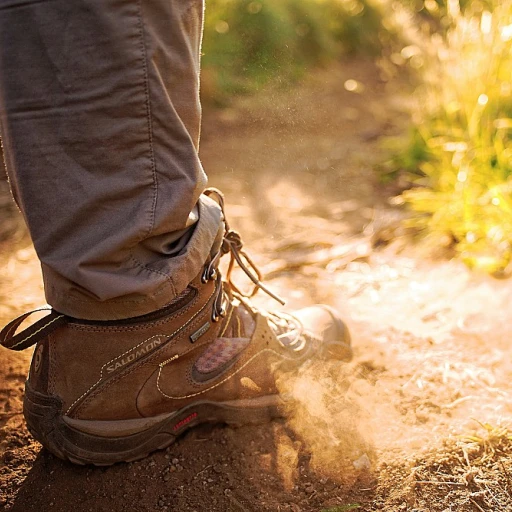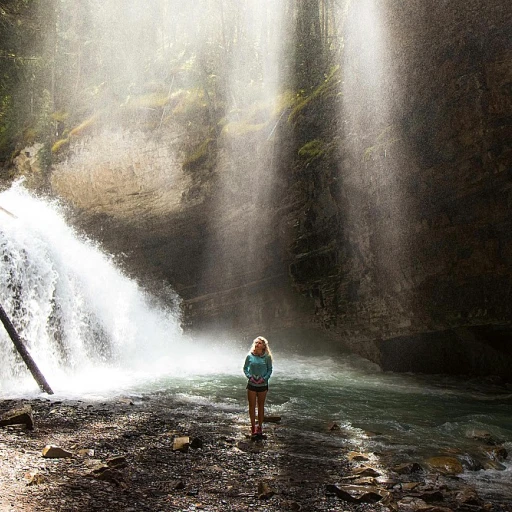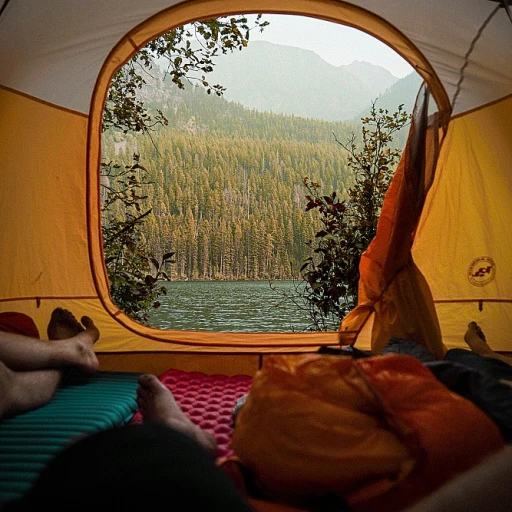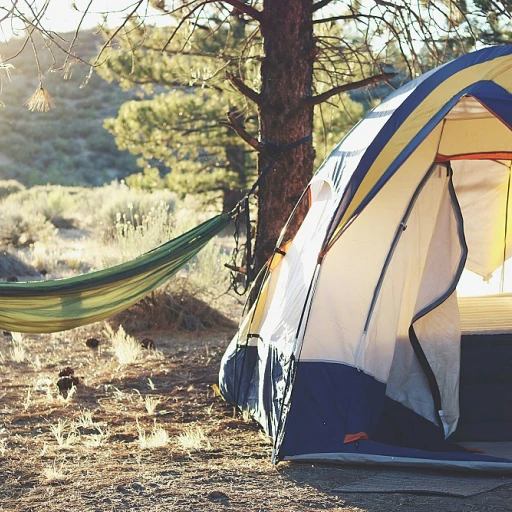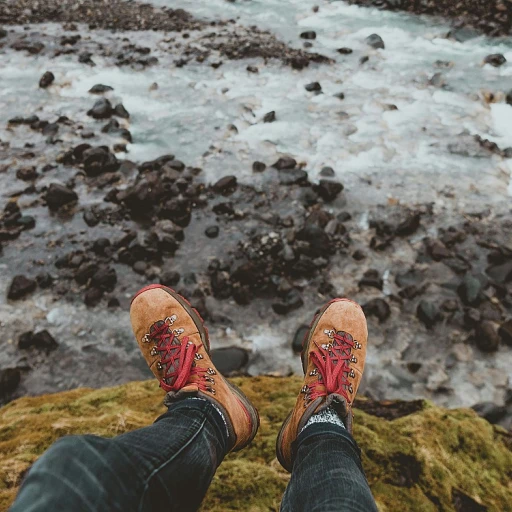Understanding the Importance of Winter Hiking Boots
Why Winter Hiking Boots Matter for Your Adventurous Spirit
When venturing into cold climates, selecting the right boots is crucial. Not only do they ensure your comfort, but they also protect against frostbite and injuries. Winter hiking presents its own set of challenges, and having the best winter boots can make a significant difference.
Proper winter boots offer:
- Insulation: Keeping your feet warm is critical in avoiding cold-related health issues. The best boots use materials like Thinsulate or wool to trap heat.
- Waterproofing: Boots with waterproof materials ensure your feet remain dry, whether you’re stepping in puddles or trudging through deep snow.
- Comfortable Fit: Your boots' fit can impact your performance. A proper fit prevents blisters and strains.
- Traction: Outsoles made of rubber increase grip, essential for reducing the risk of slips on ice.
Whether you prefer the classic Sorel Caribou or the advanced Merrell Thermo boots, choosing the right pair can enhance your time outdoors. While price can be a factor, it's crucial to find a balance between cost and necessity. Investing in quality can save you from discomfort and possible mishaps on icy terrains.
With options ranging from muck boots to specialized arctic sport models, the market offers something for every adventurer. Brands like The North Face, Oboz Bridger, and Danner Arctic have made a mark with their reliability and performance. These brands provide both warmth and support, crucial aspects when tackling winter hikes. Choosing the right pair not only enhances your hiking experience but also keeps your feet warm and safe, ready for the next adventure.
Materials and Technology in Modern Hiking Boots
Advanced Materials Drive Performance
When selecting the best winter boots for men, understanding the materials used in modern hiking boots is crucial. Manufacturers are continuously innovating to ensure that their products provide optimal warmth, comfort, and durability. The right combination of materials can make a significant difference in your winter hiking experience.
Why Rubber Soles Matter
One of the key components is the sole of the boot. A high-quality rubber sole can provide the necessary grip to prevent slips and falls on icy or snowy surfaces. The quality of the rubber used, and the tread pattern play essential roles in stability and traction, ensuring safety in winter hiking conditions.
Waterproofing for Winter Conditions
Modern winter hiking boots often incorporate advanced waterproofing technology. Whether you're hiking through deep snow or trudging through slush, maintaining dry feet is paramount. Look for boots that offer a reliable waterproof membrane. This feature can help keep your feet warm and dry, allowing you to focus on the hike rather than discomfort or potential injuries caused by damp conditions.
Insulation for Comfort
Insulation is another critical factor. When temperatures plummet, boots with high-quality insulation, such as arctic foams or thermo chill layers, help retain body heat. Brands like Baffin Impact and Danner Arctic often highlight their insulation technologies, ensuring your feet warm even in the harshest conditions.
Incorporating the Latest in Comfort
Comfort is as important as more technical specifications. Many modern boots feature advanced cushioning systems and ergonomic designs to reduce foot fatigue. For example, the Merrell Thermo and Oboz Bridger models are noted for their comfort features, making them a popular choice for many.
In conclusion, the materials and technology embedded in modern hiking boots thrive on innovation, ensuring not just safety and performance but setting the standard for what winter hiking footwear should be. Protecting your investment also involves considering waterproof boot covers as a complementary protection to enhance your hiking experience in challenging conditions.
Choosing the Right Fit for Optimal Performance
Ensuring the Correct Fit for Superior Winter Performance
Finding the right fit in your winter boots is essential to keep your feet warm and improve your hiking experience during those cold months. An ideal pair should offer comfort, insulation, and proper support, enabling you to tackle various terrains, from icy paths to deep snow, without compromising your safety or warmth. Here's what to consider for the best fit:- Precision in Sizing: The fit should be snug but not overly tight. Consider wearing your regular hiking socks while trying on boots to gauge the true fit. Remember, different brands such as the North Face or Sorel Caribou may have variations in sizing, so it's crucial to try before you buy.
- Shaft Height and Support: A mid to high shaft height can offer extra ankle support, crucial for navigating uneven winter terrains. Models like the Merrell Thermo Chill emphasize comfort paired with functional support.
- Insulation and Warmth: Boots designed to keep feet warm use various insulation technologies. Baffin Impact and Oboz Bridger often feature advanced materials that retain heat. A boot arctic design typically incorporates additional thermal layers, perfect for extreme cold conditions.
- Comfortable Cushioning: Look for boots with a comforting insole that aids in shock absorption during hikes. Being comfortable ensures that long treks through icy paths are less straining on your feet.
- Waterproof Assurance: A waterproof design is vital. Whether you opt for a muck boot or danner arctic, ensuring the boot keeps moisture out while allowing breathability will protect your feet from cold water and ice infiltration.
- Durability Over Price: While price can be a factor, investing in higher-quality boots tailored for winter hiking, like the Sorel Caribou or Danner Arctic, often equals better longevity and performance.
Top Brands and Models for Winter Hiking
Brands to Keep Your Feet Warm and Comfortable
When it comes to selecting the best winter boots, men should consider a variety of factors, including warmth, fit, and insulation. Fortunately, some top brands are known for delivering on these essentials.- The North Face: Known for their reliable winter gear, The North Face offers boots that prioritize warmth and foot protection against harsh winter elements.
- Muck Boot: With legendary waterproof capabilities, Muck Boots are an excellent choice for keeping feet warm and dry. Their Arctic Sport series is particularly popular among winter hikers tackling ice and deep snow.
- Sorel Caribou: A classic in the winter boot category, these boots provide insulation and comfort with a rugged look, making them suitable for both urban and outdoor environments.
- Oboz Bridger: These boots offer a great balance of insulation and durability. They are not just warm, but provide excellent grip for icy terrains, ensuring safety during winter hikes.
- Baffin Impact: If you’re facing the extreme cold of the Arctic, Baffin Impact is built to withstand such temperatures while providing exceptional warmth and comfort.
- Merrell Thermo: Known for their comfortable and reliable fit, Merrell Thermo boots incorporate technology that keeps feet warm even in challenging winter conditions.
Maintenance Tips for Longevity
Prolonging the Life of Your Winter Boots
Proper maintenance of your winter hiking boots is crucial to keep them in good condition and ensure they provide reliable protection in challenging environments. Regular care will not only preserve the materials but also help in maintaining their warmth and comfort. Here are some practical tips:- Cleaning: After a hike, especially in muddy or snowy conditions, clean your boots thoroughly. Use a soft brush to remove dirt from the surface and around the sole, paying attention not to damage the materials.
- Drying: Allow your boots to dry naturally in a well-ventilated area, avoiding direct heat sources that can deteriorate the materials. For mid to deep snow adventures, make sure the insulation and waterproof layers, such as those found in merrell thermo or baffin impact models, aren’t compromised.
- Waterproofing: Even though many winter boots, like the Sorel Caribou or North Face models, come with built-in waterproof technology, it’s wise to apply a waterproofing treatment periodically. This helps maintain their ability to repel water, ensuring your feet stay dry and warm.
- Conditioning: Leather hiking boots benefit from regular conditioning to keep the material supple and resistant to cracking. Use products specifically designed for boot care.
- Inspection: Regularly check for wear and tear, especially on the soles and seams. Tackling any minor damage early can prevent larger issues, keeping your boots in top condition.
Safety Considerations for Winter Hiking
Staying Safe on the Trails in Winter Conditions
Winter hiking presents unique challenges that require careful consideration of safety. Your choice of footwear, like the best winter boots, is crucial not just for comfort, but for safely navigating icy and snow-covered trails. A well-crafted boot offers the warmth and insulation necessary to keep feet warm in freezing temperatures, and technologies like rubber soles provide the traction needed to traverse slippery pathways.
When tackling ice or deep snow, winter boots for men with specialized soles can make all the difference. The incorporation of advanced rubber compounds and tread patterns enhances grip. Models such as the Merrell Thermo or Danner Arctic excel in icy conditions, providing the stability required on treacherous terrain.
The fit of your boot matters as well—not just for comfort, but for safety. An ill-fitting boot can lead to blisters or even falls on rough ground. Ensure the right size and shaft height to offer proper ankle support, vital for avoiding sprains or other injuries during treks.
The thermal properties of your boot, such as those found in the Sorel Caribou or Baffin Impact, are also pivotal. Ensuring your boots have adequate insulation will keep feet warm, improving your overall hiking experience and reducing the risk of cold-related injuries like frostbite.
Opt for waterproof materials to shield your feet from moisture, keeping them dry and avoiding hypothermia risks. Footwear like Oboz Bridger or North Face models often feature these protective materials, crucial in wet or snow-heavy hikes.
Finally, always consider the price-to-quality ratio. Investing in quality, like the Muck Boot Arctic Sport, is not just about comfort. It’s about choosing a pair that will reliably protect you on winter hikes.
